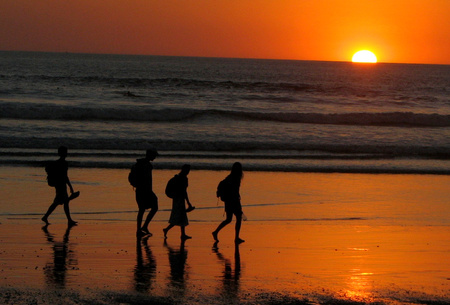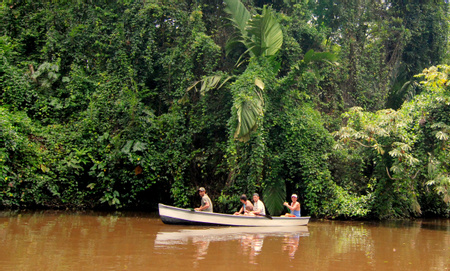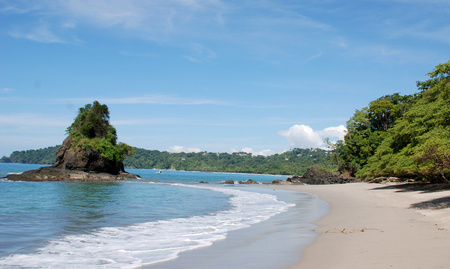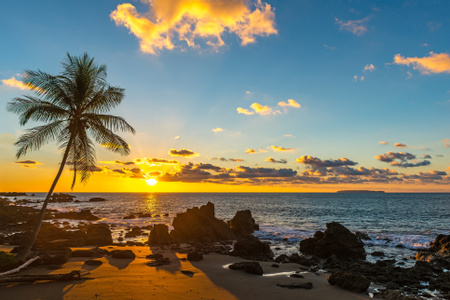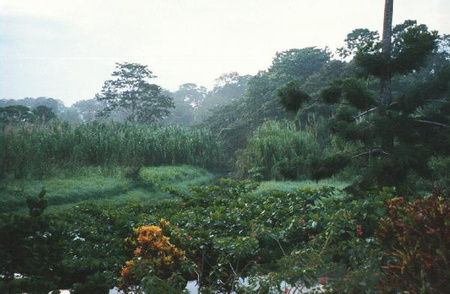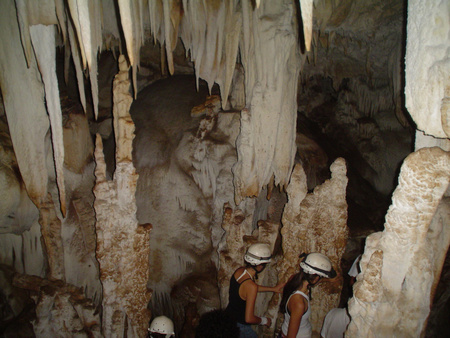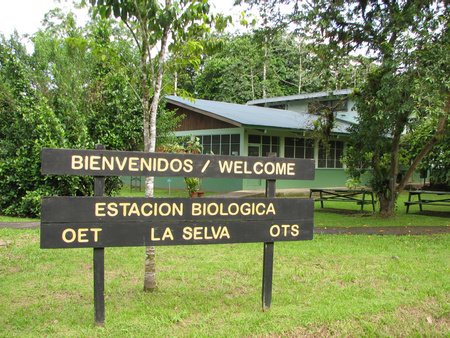Can I Expect to See Wildlife in Costa Rica?
Each region of Costa Rica has an impressive variety of rare wildlife. You can expect to see wildlife no matter where you go.
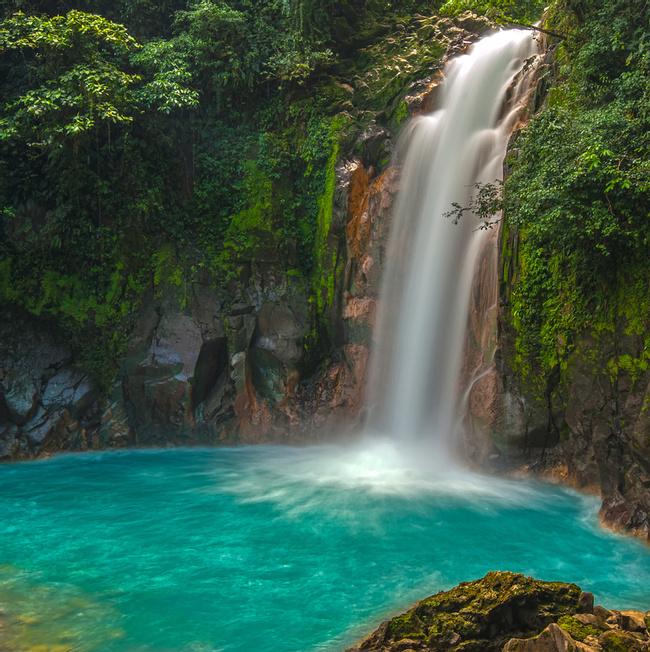
What’s the best way to see wildlife?
Sign up for a nature walk so you can look for wildlife with the help of an expert guide. We recommend going on a nighttime tour of the rainforest — this habitat comes alive after sunset.
You can see a breakdown of Costa Rica’s most interesting species, as well as the national parks where you can find them, on our Species Page.
To see the most wildlife in one place, plan a trek through Corcovado National Park on the Osa Peninsula. This remote, isolated tract of rainforest is completely untouched by humans, and is one of the most biodiverse places on the planet.
Reptiles and Insects
Species exhibits are a great way to see hard-to-spot animals like insects and reptiles up close. On hikes through reserves like Barra Honda National Park you have the chance to see exotic species in the wild – some of which don’t live anywhere else in the world.
Birds
Take a bird watching tour early in the morning to catch Costa Rica’s exotic species at their most active. Costa Rica has a wealth of ornithology experts — you’ll be amazed by their birdcalls and ability to spot tiny species high up in the tree branches.
Top bird watching spots include the canopies of Arenal National Park and Braulio Carrilio National Park, both of which have tropical forests and volcanic terrain. See one of the most rare bird habitats in the world — a high humidity forest — in the Santa Elena Cloud Forest Reserve. Visit the mountains and national parks of the Nicoya Peninsula for exhilarating hikes with a view of the Pacific coast.
Mammals
While you're hiking through the cloud forests and rainforests, keep an eye out for Costa Rica's monkeys, including white-faced monkeys, spider monkeys, and howler monkeys.
They’re quite rare, but Costa Rica is also home to some rare feline species, including pumas, jaguarundis, margays, and ocelots. These types of animals live in places like La Selva Biological Station and Corcovado National Park.
With the help of an observant guide, you might even get to see a sloth in its natural habitat — maybe hanging from a tree in the Aviarios del Caribe reserve.
Sea Turtles
You can find nesting sea turtles along the beaches of Tortuguero and Manuel Antonio. Visit the Gandoca-Manzanillo National Wildlife Refuge to see multiple species of sea turtles on the Caribbean coast.
Sightseers must be accompanied by a guide, and be especially careful not to disrupt the reproductive cycle of these endangered animals.
Snorkeling, Dolphin Watching, and Whale Watching
Ready for an aquatic adventure? Take boating tours near Costa Rica’s beaches to go on dolphin-watching or whale-watching tours and snorkeling trips. You can leave for aquatic tours in Manuel Antonio and Marino Ballena National Park on the Caribbean coast.
To get a better idea of where you may encounter different birds, sea animals, mammals, reptiles, amphibians or invertebrates in Costa Rica, check out our biodiversity page.
Related Questions
- I Want a Nature Vacation. Where Should I Go in Costa Rica?
- Where Are Costa rica's National Parks & Reserves?
- How Much Does it Cost to Visit a National Park or Reserve in Costa Rica?
- What Is So Special About Costa Rica's Biodiversity?
It's more than just having a good time or visiting beautiful places (although that's absolutely a part of it!), it's about being part of a unique experience that stays with you.




